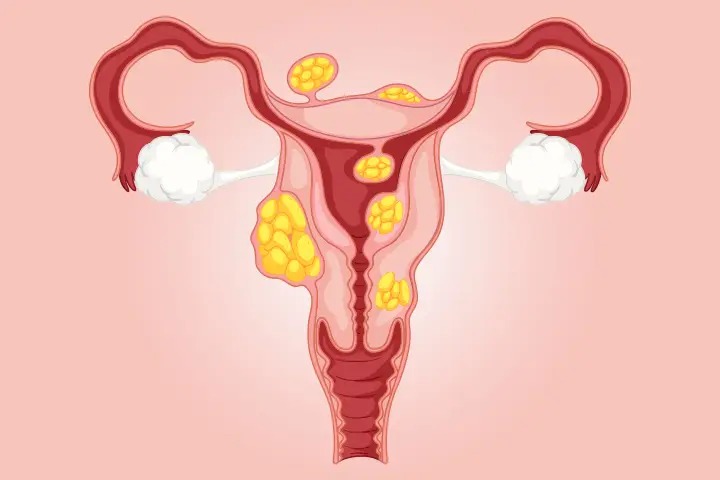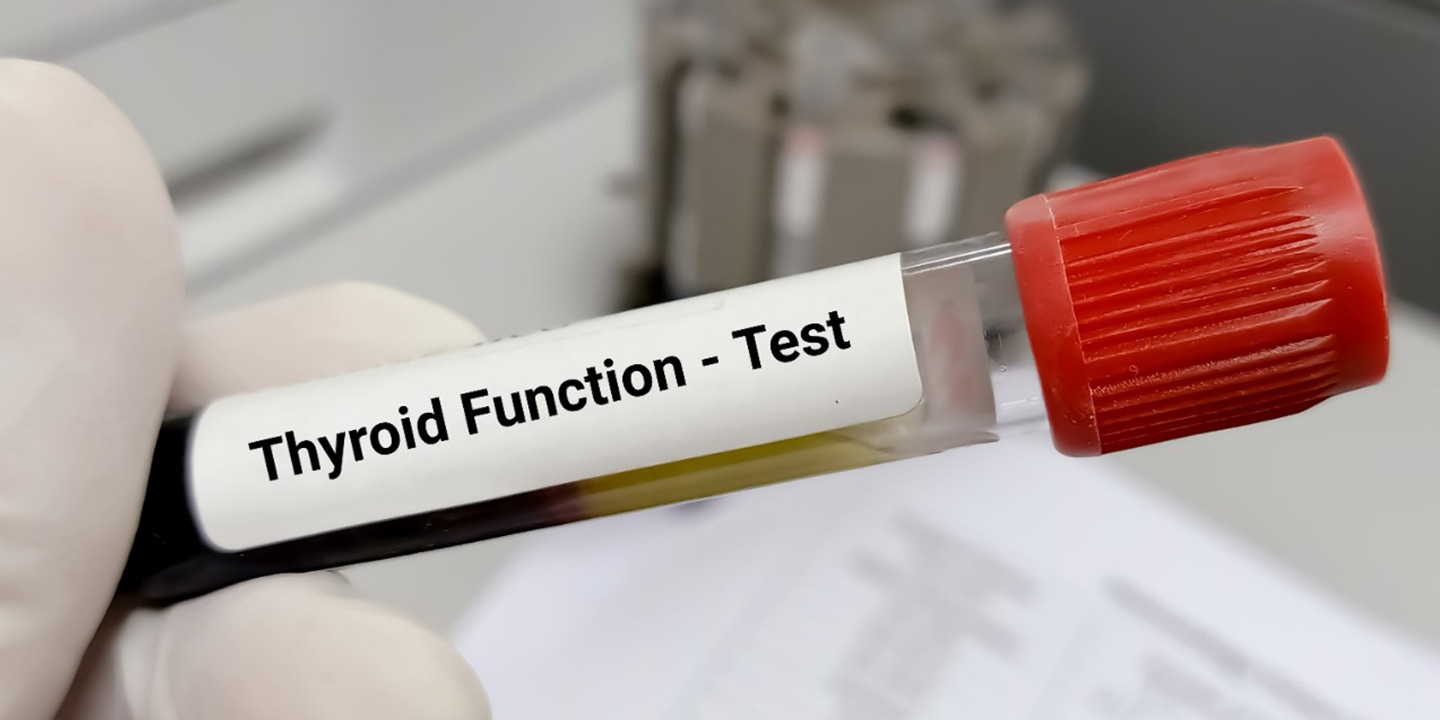If you are dealing with uterine fibroids, you might be exploring treatment options to find the best solution for your condition. Myomectomy vs. Uterine Fibroid Embolization are two common procedures used to treat fibroids, but they differ in several ways. Understanding these differences can help you make an informed decision about your treatment. Let’s explore how these two procedures differ and what you can expect from each.
What is Myomectomy?
Myomectomy is a surgical procedure that involves removing fibroids from the uterus. This procedure aims to eliminate fibroids while preserving the uterus, making it a preferred option for women who wish to maintain their fertility.
There are different types of myomectomy, including abdominal, laparoscopic, and hysteroscopic. The procedure choice depends on the fibroids’ size, number, and location. Myomectomy is effective in providing symptom relief and improving the quality of life.
What is Uterine Fibroid Embolization?
Uterine Fibroid Embolization (UFE) is a minimally invasive procedure that shrinks fibroids by cutting off their blood supply. During UFE, small particles are injected into the arteries supplying the fibroids, causing them to shrink and die. An interventional radiologist performs this procedure using imaging guidance to precisely target the blood vessels.
UFE does not involve surgically removing the fibroids. Instead, it focuses on reducing their size and alleviating symptoms like heavy bleeding and pain. UFE is an effective option for women who want a less invasive treatment with a shorter recovery time. It also preserves the uterus, making it a viable option for those who do not wish to undergo surgery.
Procedure Details
Myomectomy involves surgical removal of fibroids, which requires anesthesia and an incision. The type of incision and approach depends on the fibroids’ characteristics and the surgeon’s recommendation.
In contrast, UFE is performed under local anesthesia and involves inserting a catheter into the artery. The procedure uses imaging guidance to deliver particles to the fibroid’s blood supply. Compared to myomectomy, UFE typically involves less pain and a shorter hospital stay.
Recovery Time
Recovery time for myomectomy can vary based on the type of surgery performed. Abdominal myomectomy may require several weeks of recovery, while laparoscopic and hysteroscopic myomectomy generally have shorter recovery periods.
UFE usually has a quicker recovery time, with most patients resuming normal activities within a week. Its minimally invasive nature contributes to faster recovery, making it a convenient option for many women.
Effectiveness and Outcomes
Myomectomy is highly effective in removing fibroids and providing symptom relief. It is particularly beneficial for women who want to preserve their fertility. The removal of fibroids can improve symptoms such as heavy bleeding, pain, and pressure.
UFE is also effective in shrinking fibroids and reducing symptoms. It offers a high success rate in alleviating heavy bleeding and pain. While UFE does not remove fibroids, it significantly reduces their size, improving the quality of life for many patients.
Risks and Complications
As with any surgery, myomectomy carries risks such as infection, bleeding, and damage to surrounding organs. There is also a chance of fibroid recurrence after the procedure.
UFE has its own set of risks, including infection, pain, and potential complications related to the embolization process. Both procedures have been proven safe and effective, but discussing potential risks with your doctor is essential.
Impact on Fertility
Myomectomy is often recommended for women who wish to preserve their fertility. By removing fibroids and preserving the uterus, myomectomy can improve the chances of a successful pregnancy.
UFE, on the other hand, is generally not recommended for women who want to have children in the future. The procedure can affect blood flow to the uterus, potentially impacting fertility. Women considering UFE should discuss their fertility goals with their doctor.
Choosing the Right Procedure
The choice between myomectomy and UFE depends on various factors, including the size, number, and location of the fibroids and your overall health and fertility goals. A thorough evaluation by a specialist can help determine the most suitable option for your condition.
It is important to consider each procedure’s benefits, risks, and recovery times. Consulting with a healthcare provider specializing in fibroid treatments can provide valuable insights and guide you in making an informed decision.
Understanding the differences between myomectomy and uterine fibroid embolization is crucial in selecting the right treatment for your condition. Both procedures offer effective solutions for managing fibroids but differ in their approaches, recovery times, and impacts on fertility. You can choose the treatment that best suits your needs by discussing your options with a specialist and considering your personal health goals. With the right care and support, you can manage fibroids effectively and improve your quality of life.
Keep an eye for more news & updates on Internal Insider!










